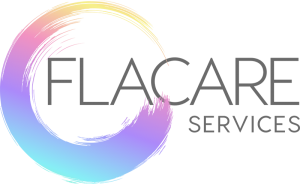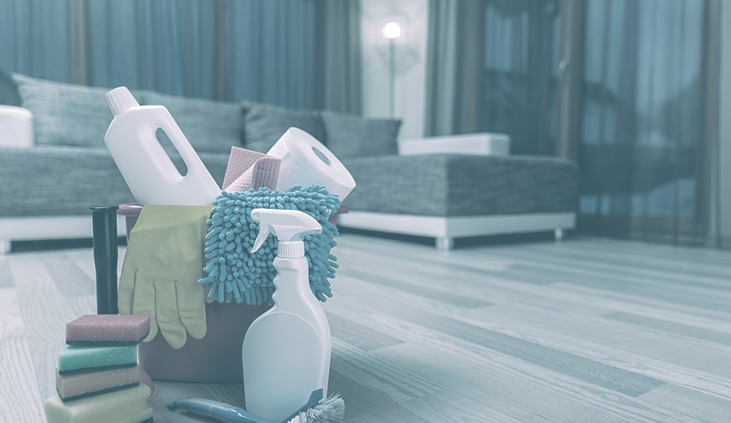These days, a lot of us are thinking more than we ever have about cleanliness. Bottles of bleach and hand sanitizer fly off the shelves at grocery stores, and nary a mop is to be found. Sometimes, it just gets overwhelming.
While it’s easy to clean up patches of mud or pet hair, it’s much harder to sanitize our homes from disease. That’s in part because viruses like the coronavirus are invisible to the naked eye. Beyond taking precautionary measures like wearing masks in public and washing hands frequently, what are some of the best ways to protect our homes and families from the coronavirus?
While it’s not possible to take a microscope to every surface, there are some basic guidelines and tips to follow to reduce your risk.
High-touch surfaces
Think about what you have to touch every day in your household: doorknobs, faucets, countertops, dishwasher handles, light switches, and so on. The Centers for Disease Control and Prevention recommend focusing first on cleaning those surfaces, as they’re the most likely to be infected because they’re being touched the most often.
That can be a lot, because for many of us, it’s hard to remember what we touch and don’t. In general, if a person is not sick, it’s not as necessary. If you know you have a sick person in the household, the CDC recommends dedicating separate rooms, bathrooms, and cleaning supplies for them as appropriate. If that’s not possible, a caregiver should disinfect everything after a sick person uses a room or bathroom and wait as long as possible to clean.
Types of cleaners
In general, CDC recommends using disposable gloves when possible, or dedicating a pair of gloves for COVID-19 cleaning. That way you won’t risk cross-infection when using gloves for something else in the household.
For hard surfaces, clean them first if they’re dirty, then use an EPA-approved cleaner that is shown to be effective against the virus like bleach, hydrogen peroxide, or another cleaner that contains compounds like ethanol or sodium chlorite. Make sure you follow the manufacturer’s guidelines for safe use, including dilution and hand and eye protection while using.
For soft surfaces like carpets or upholstery, it’s a little harder to clean thoroughly, as dirt and contaminants can hide in the surface. The CDC recommends cleaning them thoroughly of dirt first by wiping them down or vacuuming, then using an EPA-approved cleaner for use on surfaces like carpet or upholstery. If possible, take the surface down and launder it at the highest possible temperature. However, for carpet and upholstery deep cleaning, we highly recommend professional cleaning as it requires professional equipment, technique and cleaners.
Electronics also tend to be high-touch surfaces, like phones, TV remotes, or video game controllers. If possible, use a case that can be removed and cleaned; if not, the CDC recommends using an alcohol cleaner that is at least 70 percent alcohol, which has been shown to be effective at killing the virus.
Risk from surfaces is low
The good news is that evidence says the majority of cases are due to respiratory droplets spreading from person to person—like through speaking, breathing, or coughing within six feet of a sick person. That’s why the CDC recommends masks and social distancing to help slow the spread of the disease.
However, that doesn’t mean that it can’t happen, especially if people touch their faces after touching an infected surface. For younger children especially, who may have a harder time remembering not to touch their faces, cleaning will help provide that extra peace of mind.
The best method to protect you and your family from getting sick is to wear masks in public and avoid risky behaviors, thus keeping the virus out of your house in the first place. But if that’s not possible, follow the CDC guidelines for cleaning or consider hiring a regular cleaning service to help you keep your home clean and as safe as possible.


